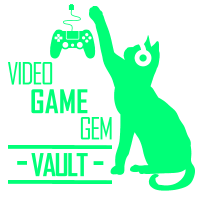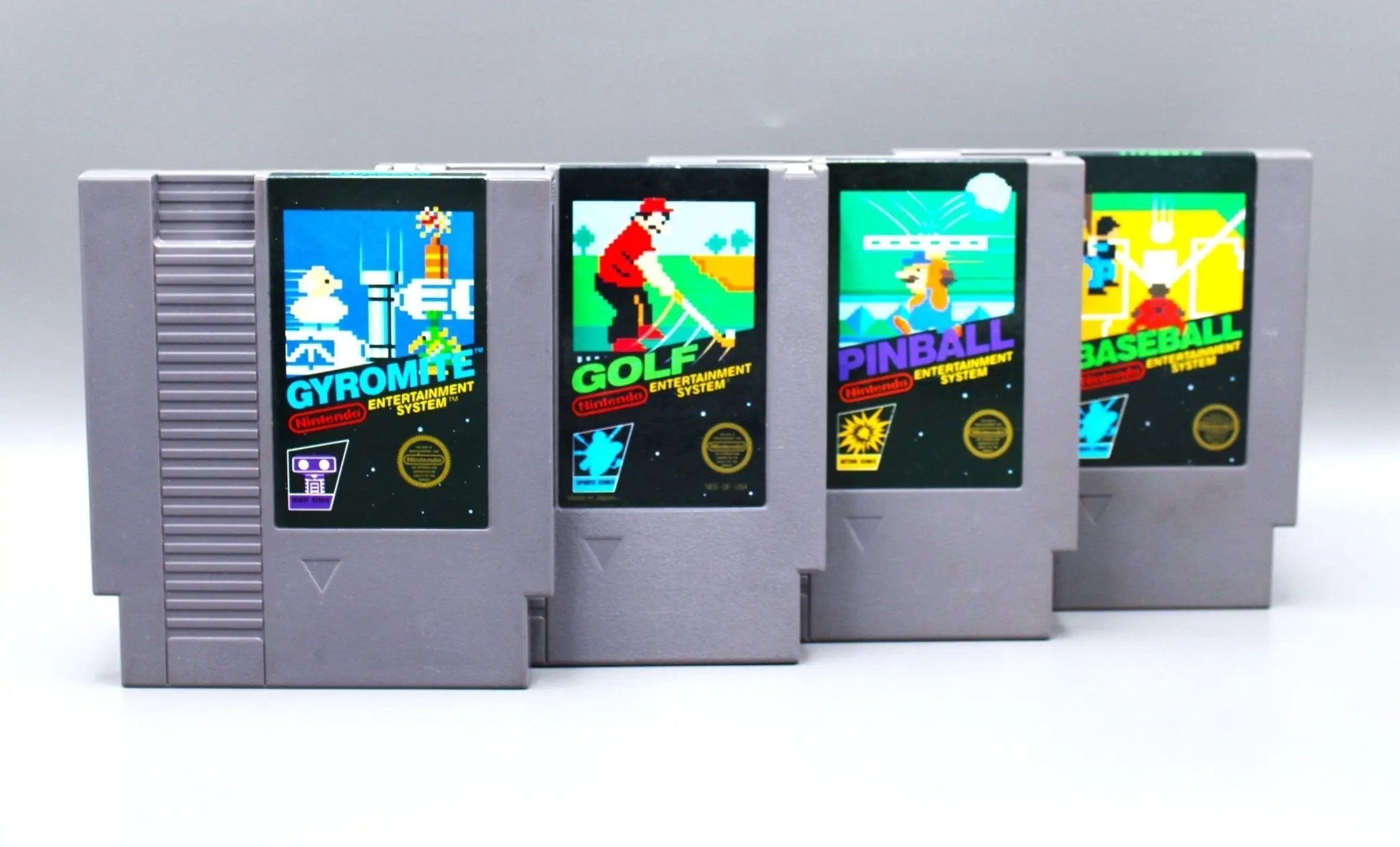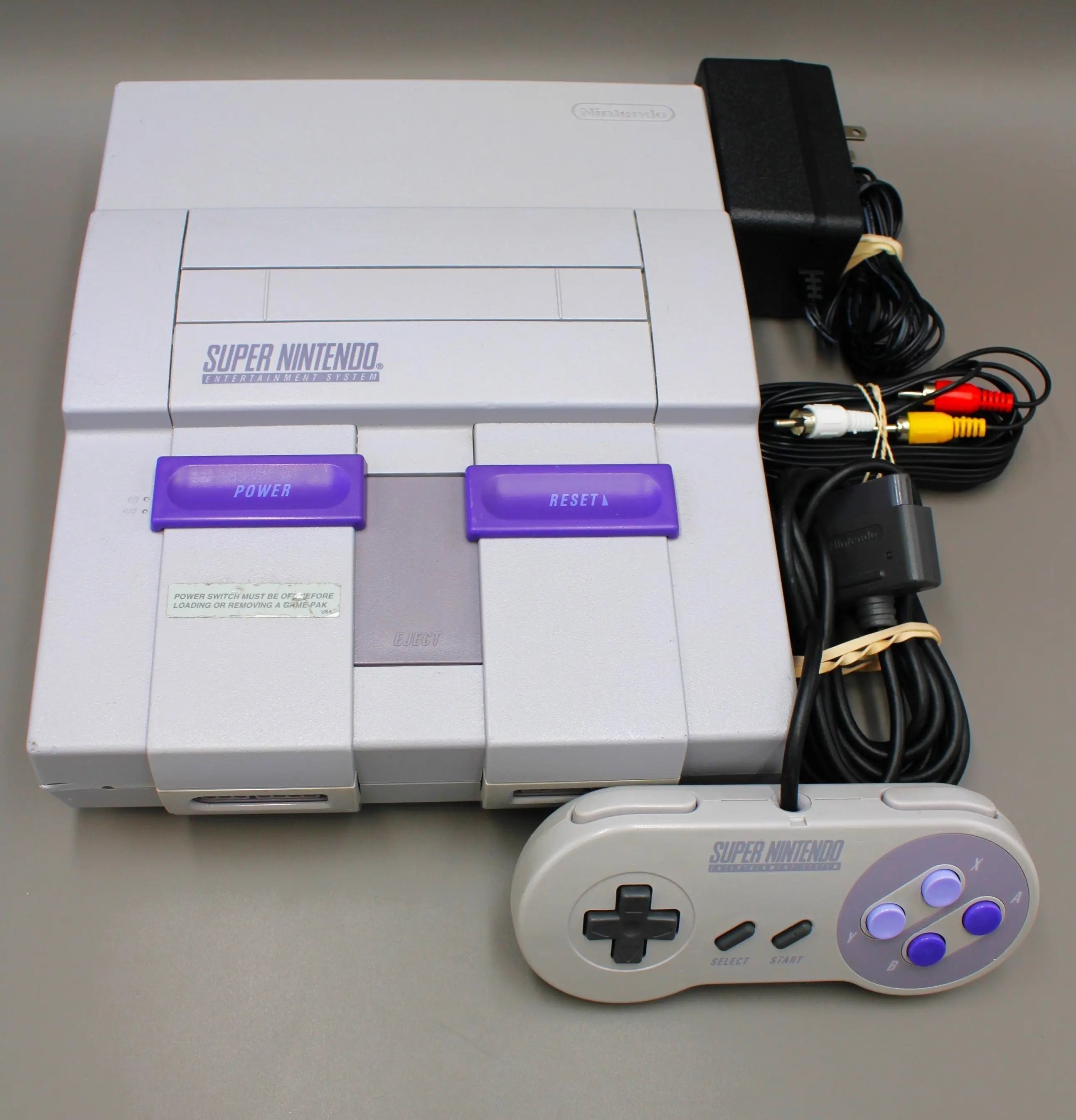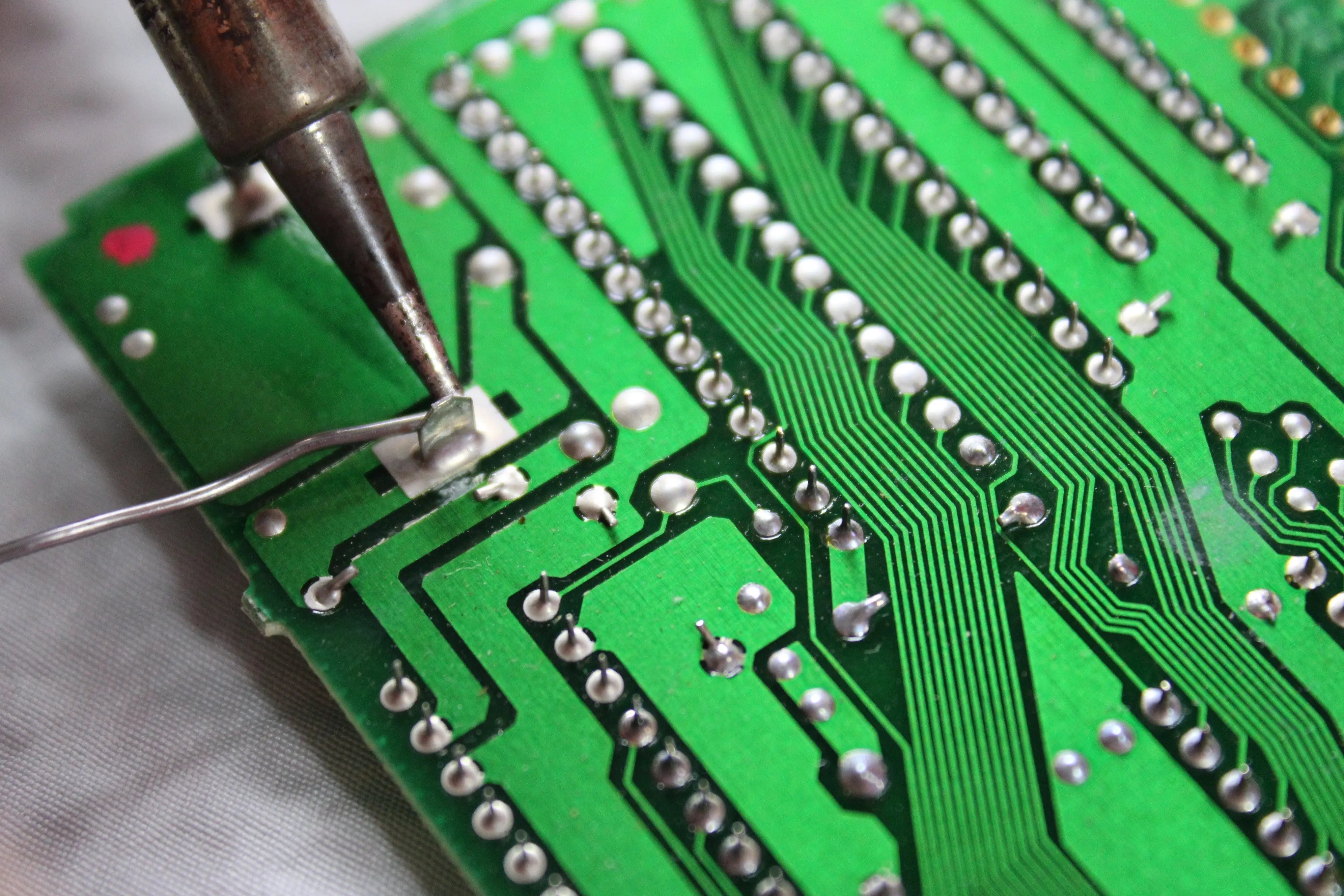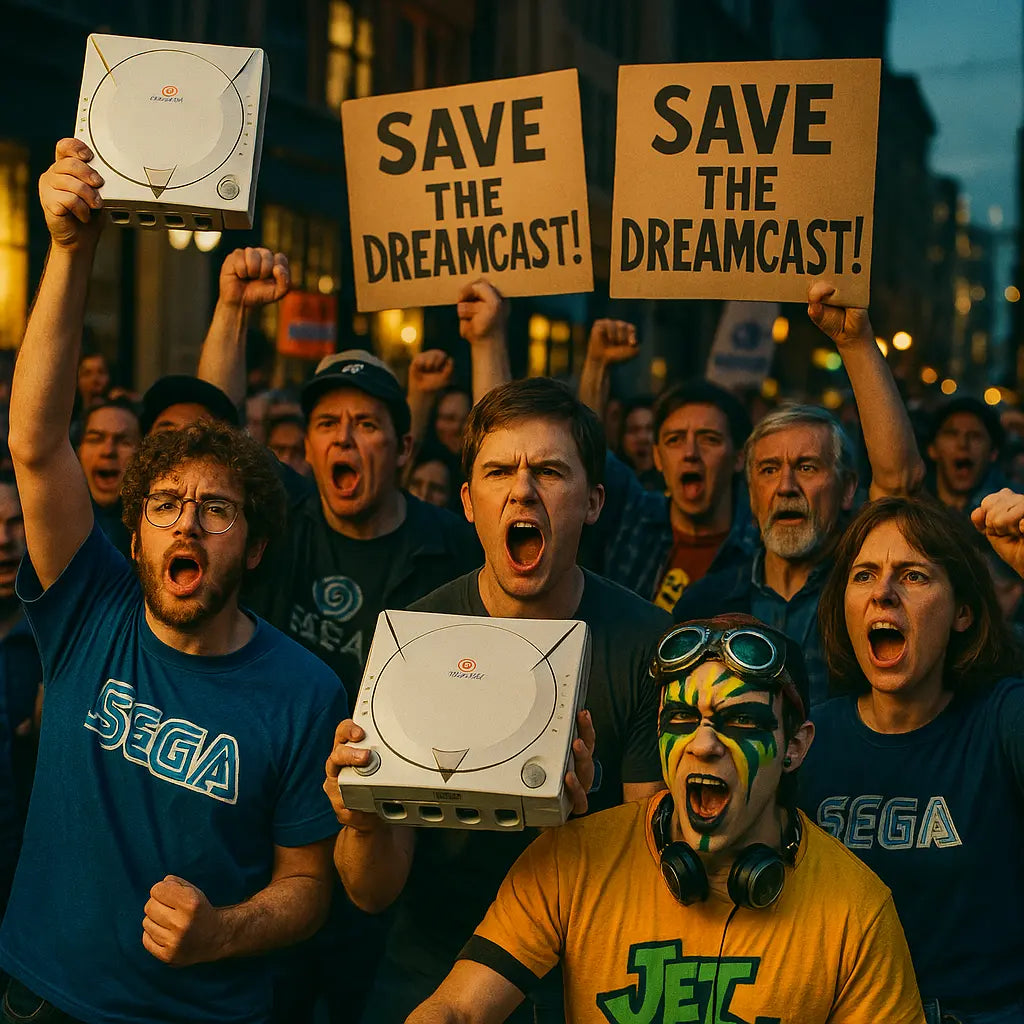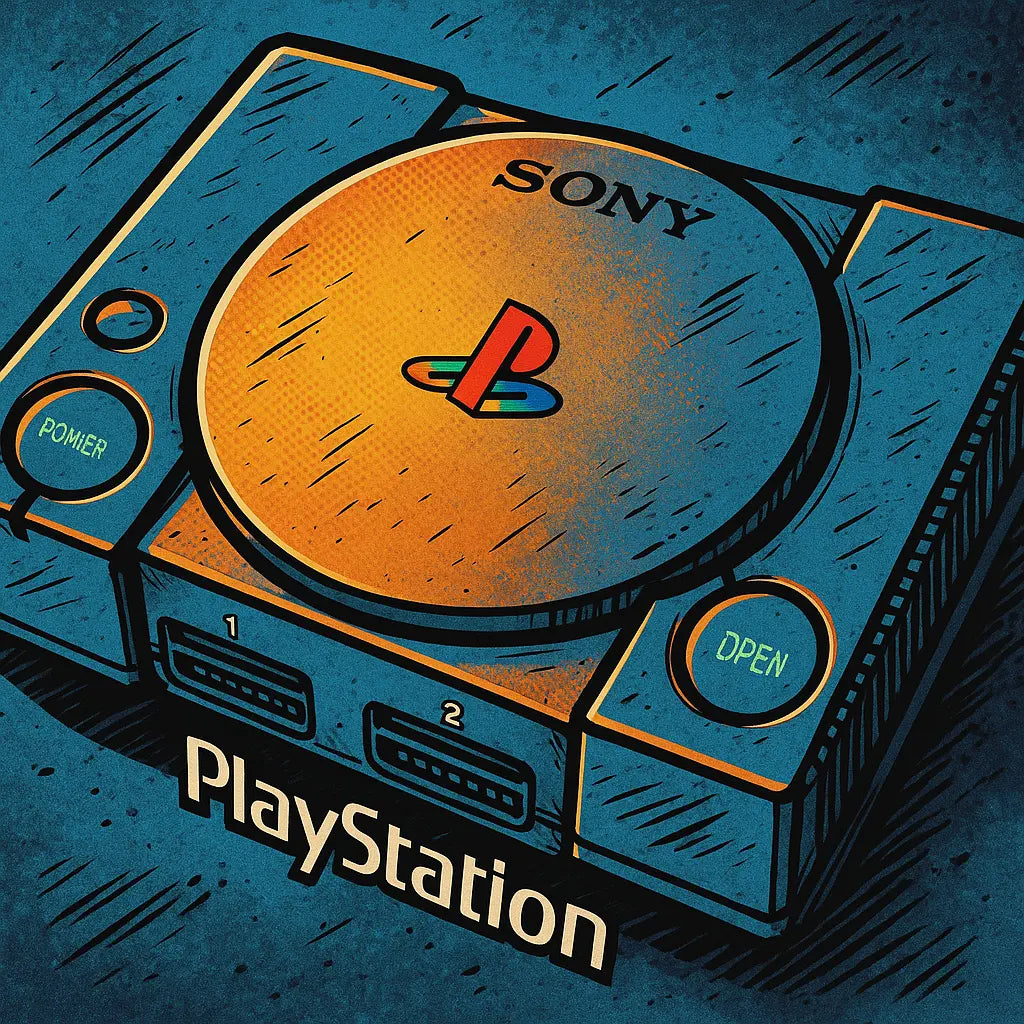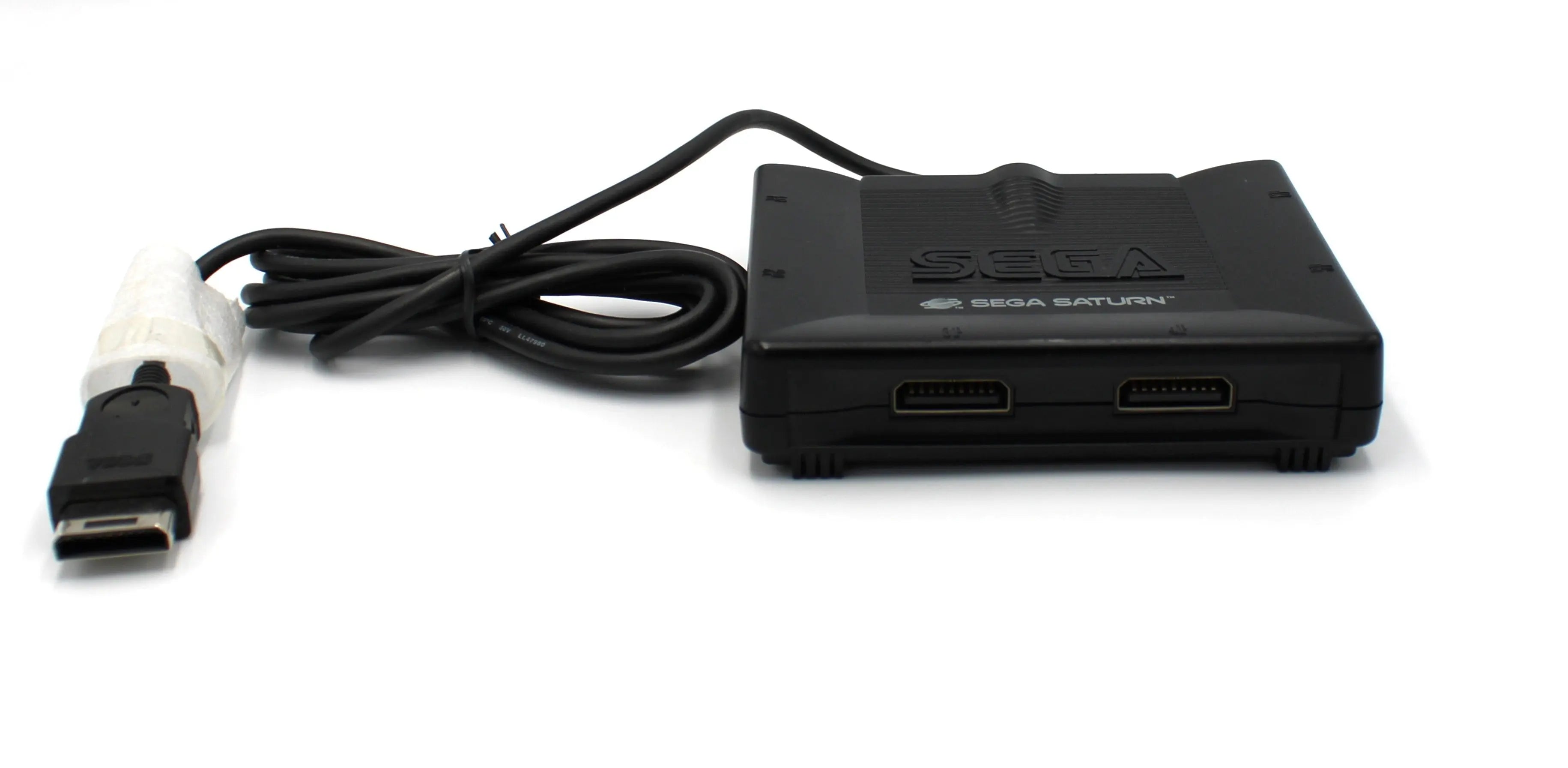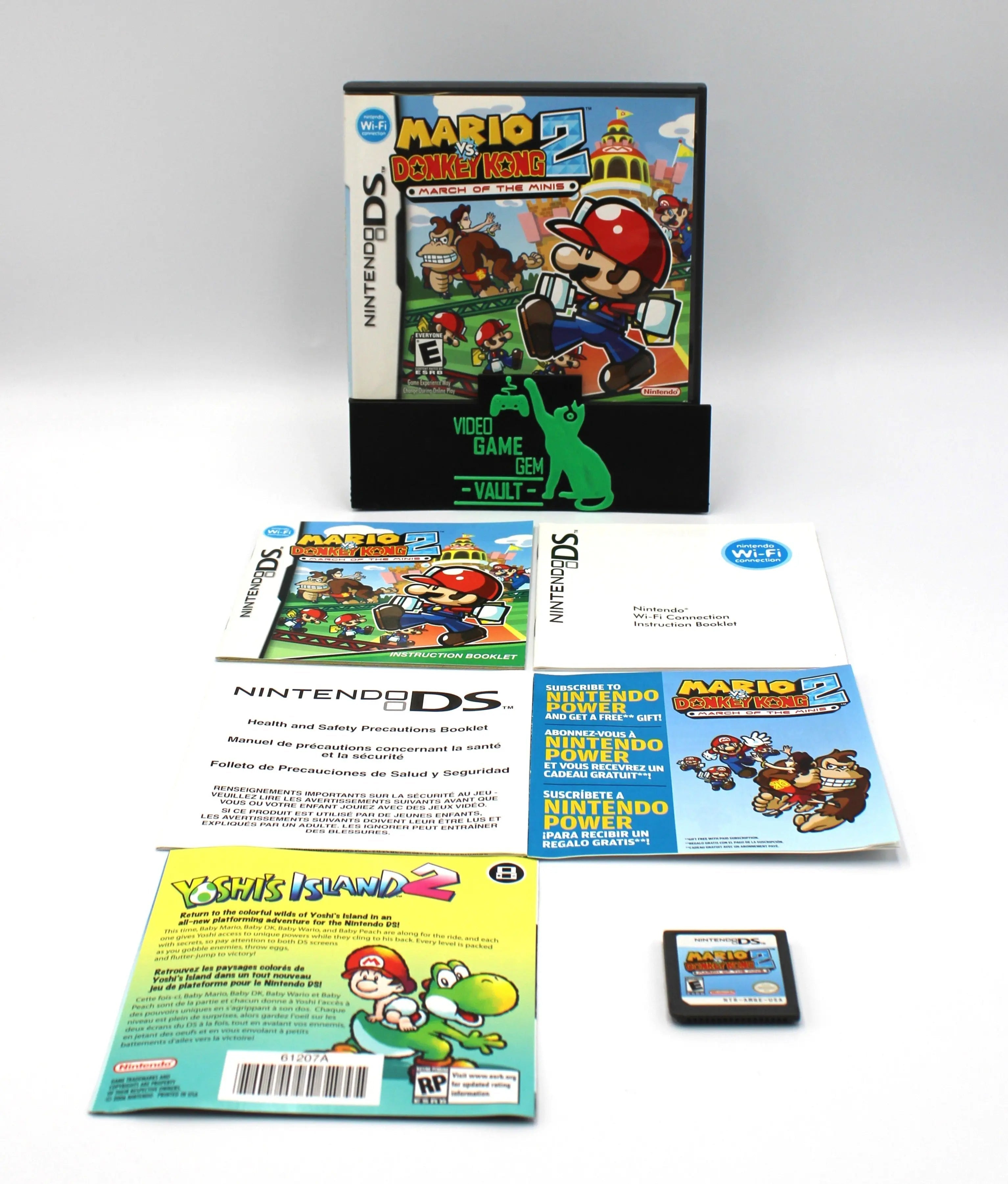Save The Dreamcast: The Fans Rallied (Failure of Sega's Last Console)
The Road to Failure: Did It Start with the Saturn?
Absolutely. The seeds of the Dreamcast’s downfall were sown long before its launch—with the Sega Saturn.
1. Complex Hardware = Developer Nightmare
The Saturn used a dual-CPU architecture that made development notoriously difficult. Meanwhile, Sony’s PlayStation was a breeze to program for. Guess where the developers went?
2. Surprise Launch Debacle
Sega of America randomly launched the Saturn early in May 1995—months ahead of schedule. Retailers like Walmart and KB Toys weren’t told and flat-out refused to carry it. Worse, devs weren’t ready either, leaving the launch lineup bone-dry.
Why the PlayStation 1 Is Still One of the Best Retro Gaming Consoles in 2025
When Sony released the PlayStation 1 in North America in 1995, it wasn’t just launching a console — it was changing gaming forever. The PS1 brought true 3D graphics into the home, introducing an entirely new style of gameplay
What Is the Sega Saturn 6 Player Multitap Adapter?
When Did It Launch?
North American gamers first saw the 6Player in 1995, priced at $49.99 USD upon release Sega Retro.
Games You Can Play with Up to Six Friends!
Here are three standout titles that really shine when you’ve got a full couch:
-
Saturn Bomberman (1996)
The king of party chaos—battle up to six players on one multitap, or go wild with ten folks if you’ve got two adapters Wikipedia. -
Guardian Heroes (1996)
Beyond its branching RPG story, the Versus mode supports six warriors duking it out simultaneously—perfect for impromptu tournaments. -
Fire Pro Wrestling S: 6Men Scramble (1996)
This deep, sprite‑based wrestling sim goes full arena battle with up to six wrestlers in tag‑team or battle‑royal mayhem GameFAQs.
Fun Facts to Impress Your
What and Also Where is the Final Fantasy VII Misprint Typo Error for the Sony PS1 Game Short Video?
What and Also Where is the Final Fantasy VII Misprint Typo Error for the Sony PS1 Game? A YouTube short visually showing you exactly where the misprint is on the early black label print of Final Fantasy VII on the Sony PlayStation 1 - PS1 variant. It's located in the word masterpiece to the back artwork. Not all black label Final Fantasy games will have the floating "i" artwork error or typo! videogamegemvault.com Watch video!
A Guide to Popular Video Game Genres, Terms, and Slang
As a millennial... some of these terms have been around, but my Gen Z niece says words that I have to Google... yes, we all do it after age 30! Video gameplay comes in all sorts of shapes and sizes, but most fall into specific genres that define how they play. You may love COD Black Ops, but hate COD Modern Warfare, I do. But, I have yet to find a Rockstar game I do not thoroughly enjoy! Whether you’re into fast-paced shooters, immersive RPGs, brain-teasing strategy games, or bullet-dodging shoot 'em ups, there’s something for everyone. Here’s a rundown of some major game genres, along with common slang terms and a few examples from both retro and modern generations.
First-Person Shooter (FPS)
Fast-paced action, where you view the game
What and Where is the Nintendo Product Code on a DS and 3DS Video Game Cartridge and Case?
Nintendo loves internal codenames. "Nitro" was the internal name for the DS while they were developing it, and early dev kits and materials actually called it the Nitro system!
